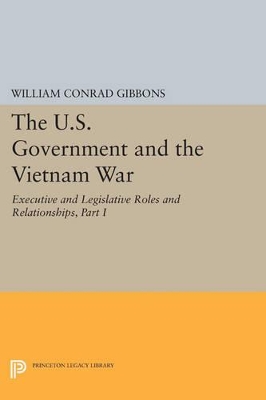Princeton Legacy Library
4 primary works
Book 1
The U.S. Government and the Vietnam War: Executive and Legislative Roles and Relationships, Part I
by William Conrad Gibbons
Book 2
Book 3
Part III, which begins in January 1965 and ends in January 1967, treats the watershed period of U.S. involvement in the war, from President Johnson's decision to bomb North Vietnam and to send U.S. ground forces into South Vietnam, through the buildup of military forces and political cadres required by the new U.S. role in the war. This volume examines Johnson's policymaking, his interaction with military advisors and with Congressional critics such as Mike Mansfield, and his reactions as protests against the war began to grow.
Originally published in 1989.
The Princeton Legacy Library uses the latest print-on-demand technology to again make available previously out-of-print books from the distinguished backlist of Princeton University Press. These editions preserve the original texts of these important books while presenting them in durable paperback and hardcover editions. The goal of the Princeton Legacy Library is to vastly increase access to the rich scholarly heritage found in the thousands of books published by Princeton University Press since its founding in 1905.
Book 4



